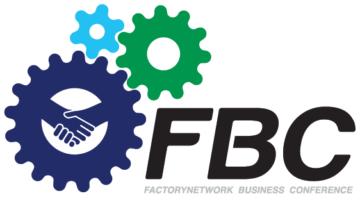Printed Circuit Boards (PCBs) are the foundation of modern electronics, serving as the backbone of devices ranging from smartphones to advanced AI systems. As the electronics industry grows exponentially, the importance of PCBs has reached new heights, particularly in emerging markets like Vietnam. This article FBCASEN delves into the latest trends, benefits, and challenges facing the PCB industry in 2024, with a focus on Vietnam’s burgeoning role in the global electronics supply chain.
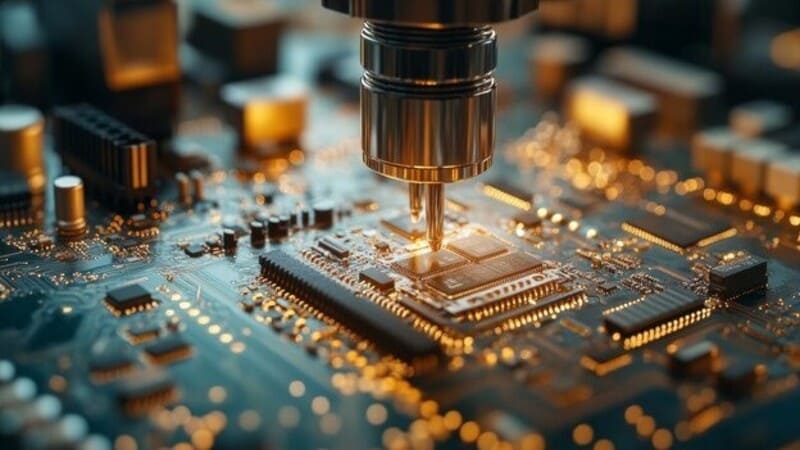
Importance of PCBs in the electronics industry
Printed Circuit Boards (PCBs) are flat, thin boards made of non-conductive materials with conductive pathways etched onto their surface. These pathways connect various electronic components, such as resistors and capacitors, enabling the device to function as intended. PCBs are integral to virtually all electronic devices, from consumer electronics to industrial machinery.
PCBs are often referred to as the “nervous system” of electronic devices, playing a critical role in ensuring their functionality and efficiency. Their versatility and reliability make them indispensable in developing compact, high-performance devices for industries like automotive, telecommunications, healthcare, and IT.
The PCB market in Vietnam
Global market overview
The global PCB market is projected to grow significantly in the coming years, driven by rising demand for advanced electronic devices and technologies like IoT and 5G. According to Mordor Intelligence, Southeast Asia, including Vietnam, is becoming a hub for PCB manufacturing as companies shift supply chains from traditional centers like China to diversify risks and reduce costs.
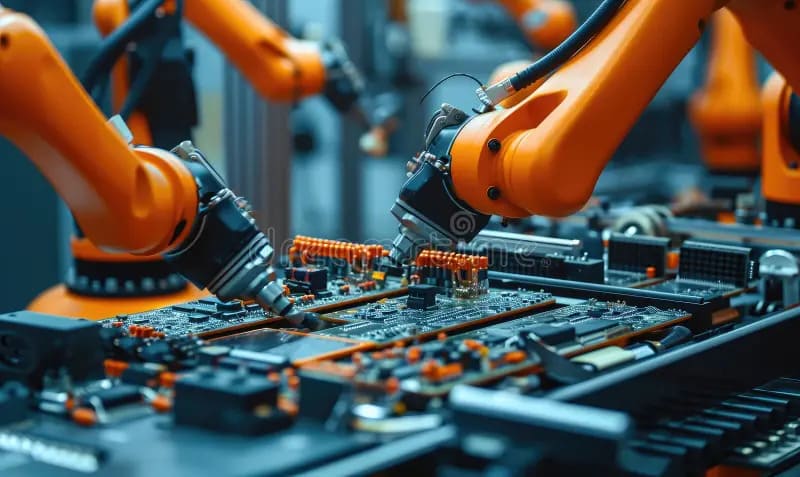
PCB manufacturing in Vietnam
Vietnam has emerged as a significant player in PCB manufacturing, thanks to its competitive labor costs, favorable government policies, and growing technological capabilities. A notable milestone is the construction of a $200 million PCB manufacturing facility in Hòa Bình Province, set to boost the country’s production capacity.
The Vietnamese government has prioritized the development of high-tech industries, including PCBs, through tax incentives and infrastructure investments. With demand for PCBs growing in tandem with the electronics industry, Vietnam’s PCB sector shows immense growth potential.
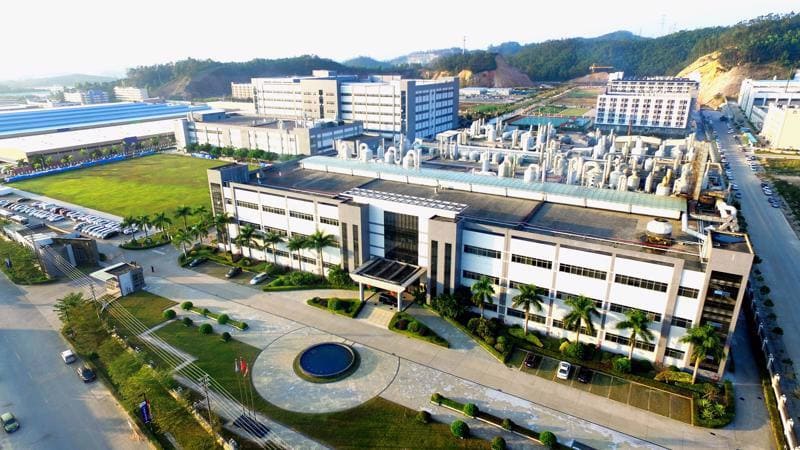
Benefits and applications of PCBs
Benefits of PCBs
PCBs offer numerous advantages, making them essential for modern electronic devices:
-
- Optimizing Device Performance: PCBs enhance the performance of electronic devices by providing efficient pathways for electrical signals.
-
- Reducing Size: Their compact design helps minimize the overall size of devices, enabling the development of lightweight and portable electronics.
-
- Increasing Reliability: PCBs ensure robust connections between components, reducing the likelihood of malfunctions.
Applications of PCBs
PCBs are foundational in various industries, including:
-
- IT and Telecommunications: PCBs power servers, routers, and smartphones, supporting global connectivity.
-
- Automotive: Modern vehicles rely on PCBs for navigation, safety, and entertainment systems.
-
- Healthcare: PCBs are critical in medical devices like MRI machines, pacemakers, and diagnostic equipment.
-
- IoT and AI: Advanced PCBs enable the seamless integration of IoT devices and AI-driven systems, transforming industries worldwide.
Trends and technologies in PCBs for 2025
The Printed Circuit Board (PCB) industry is set to experience significant advancements in 2025, driven by evolving demands from industries like telecommunications, automotive, healthcare, and IT. Below are the key trends and technologies shaping the future of PCBs:
1. Eco-friendly and sustainable PCBs
-
- Use of biodegradable materials: Manufacturers are increasingly adopting materials that reduce environmental impact, such as recyclable substrates and eco-friendly soldering processes.
-
- Minimized waste in manufacturing: Advances in precision manufacturing techniques are helping reduce material wastage during PCB production.
-
- Focus on energy efficiency: Production facilities are implementing green energy solutions, further lowering their carbon footprint.
2. Multi-layer and flexible PCBs
-
- Higher component density: Multi-layer PCBs allow for more components in a compact design, supporting devices that require higher performance without increasing size.
-
- Flexible PCBs: Used extensively in wearable technology, medical devices, and foldable electronics, flexible PCBs can adapt to unconventional shapes while maintaining high functionality.
-
- High-reliability applications: Multi-layer flexible PCBs are finding applications in aerospace and defense for their robustness and space-saving properties.
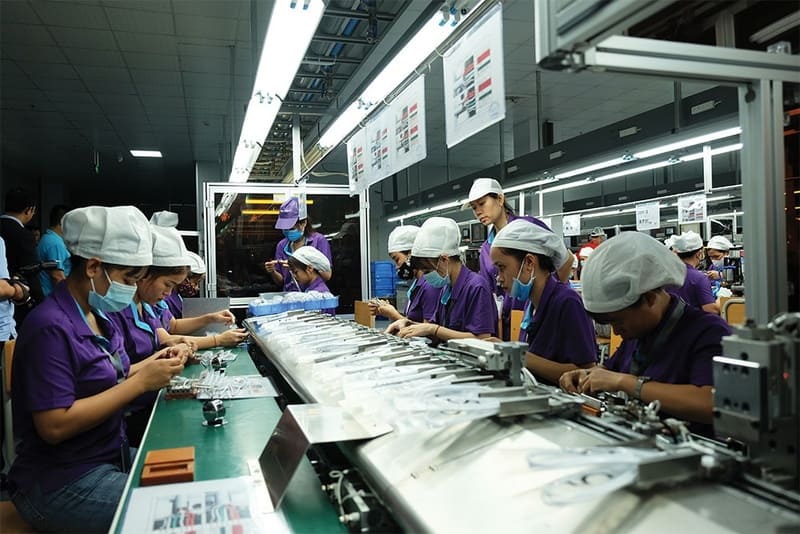
3. High-speed and high-frequency PCBs
-
- 5G and beyond: The rollout of 5G networks and preparation for 6G demands PCBs optimized for high-speed data transfer and reduced signal loss.
-
- Advanced materials: High-frequency laminates and low-loss materials are being used to ensure superior performance in RF and microwave applications.
-
- Applications in AI and IoT: High-speed PCBs are crucial for devices requiring fast processing, such as autonomous vehicles and smart home systems.
4. Embedded components and miniaturization
-
- Integrated components: Embedding passive and active components within PCBs reduces the need for separate components, enabling smaller, more efficient designs.
-
- Miniaturization for IoT: The growing Internet of Things (IoT) market drives demand for miniaturized PCBs to fit in compact, connected devices.
-
- Enhanced reliability: Embedded components improve durability by reducing the number of soldered connections, which are common failure points.
5. Advanced manufacturing processes
-
- Additive manufacturing: 3D printing techniques are increasingly being used to produce PCBs, allowing for faster prototyping and reduced material wastage.
-
- Automation in production: The adoption of AI-driven automation in PCB manufacturing enhances precision, reduces human error, and improves overall efficiency.
-
- Digital twin technology: Digital twins enable real-time monitoring and simulation of PCB performance, streamlining the design and testing process.
Read more: Industrial IoT for process automation
6. Heat management solutions
-
- Thermal management materials: Innovations in thermal vias, heat sinks, and specialized laminates ensure efficient heat dissipation in high-power applications.
-
- Applications in EVs and data centers: As electric vehicles (EVs) and data centers demand higher power handling, advanced heat management PCBs become essential.
7. Increased focus on security
-
- Tamper-proof PCBs: Secure PCB designs prevent unauthorized modifications, a growing concern in industries like finance and defense.
-
- Data integrity: Enhanced encryption mechanisms integrated into PCB designs protect sensitive data from breaches.
8. PCBs for advanced applications
-
- Medical devices: PCBs with biocompatible materials are being developed for wearable and implantable medical devices.
-
- Quantum computing: PCBs designed for quantum computers require ultra-low temperatures and high-frequency capabilities, presenting new frontiers in design and manufacturing.
-
- Autonomous systems: Advanced PCBs enable the high processing power and reliability required for self-driving vehicles and drones.
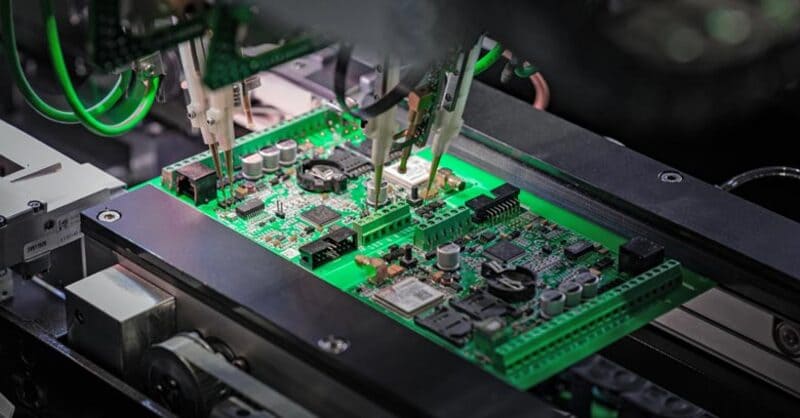
Challenges and solutions for Vietnam’s PCB industry
Despite its promising growth, Vietnam’s PCB sector faces several challenges that need to be addressed for sustainable development.
Challenges
-
- Shortage of Skilled Workforce: A limited pool of trained professionals in high-tech manufacturing poses a challenge for scaling operations.
-
- Dependency on Imported Raw Materials: Heavy reliance on imported materials increases costs and supply chain vulnerabilities.
Solutions
-
- Investing in Technical Training: Establishing partnerships between industry players and educational institutions can help develop a skilled workforce.
-
- Strengthening Local Supply Chains: Encouraging domestic production of raw materials and components will reduce dependency on imports and bolster resilience.
Conclusion
Printed Circuit Boards are the backbone of the electronics industry, enabling the creation of advanced, efficient, and compact devices. With its growing manufacturing capabilities and favorable policies, Vietnam is poised to play a pivotal role in the global PCB market. As the industry embraces new technologies and overcomes challenges, the future of PCBs looks promising.
Read more: Semiconductor Industry in Vietnam 2025
Thông tin Triển lãm giao thương ngành chế tạo lần thứ 9 – FBC ASEAN 2025:
Triển lãm FBC ASEAN 2025 dành cho các doanh nghiệp và cá nhân ngành chế tạo
1. Thái Lan:
-
- Thời gian: 14 – 17/05/2025 (9h00 – 17h00)
2. Hà Nội:
-
- Thời gian: 17 – 19/09/2025 (9h00 – 17h00)
-
- Địa điểm: Trung tâm Triển lãm Quốc tế I.C.E Hà Nội (91 Trần Hưng Đạo, Hoàn Kiếm, Hà Nội)
3. Online:
-
- Thời gian: 08 – 10/10/2025
-
- Nền tảng trực tuyến.
Fanpage FBC Việt Nam: https://www.facebook.com/factory.business.expo.vn
